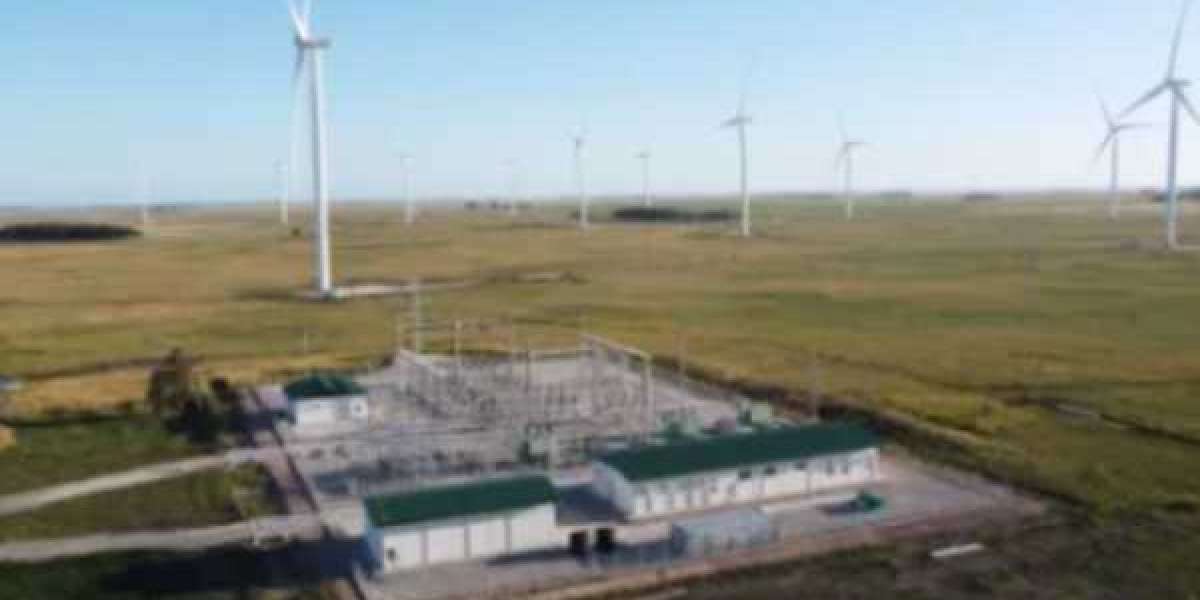Understanding Utility Scale Wind Farms
When people talk about large-scale renewable energy, utility scale wind farms often make the list right next to solar projects. These aren’t the handful of turbines you see along a highway — they’re massive, multi-turbine facilities built to generate electricity for entire regions. They take serious planning, specialized engineering, and a whole lot of coordination between different teams.
Before a single blade spins, there’s years of groundwork — figuring out where to put the turbines, how they’ll connect to the grid, and making sure everything meets regulations. That’s where solid utility scale wind farms expertise comes in.
The Site and Its Challenges
Choosing the right location isn’t just about wind speed. Sure, you want steady, high-quality wind, but you also have to think about terrain, environmental impact, and access roads for heavy equipment. Then there’s the tricky part — getting the generated power to people. That’s where substation design and transmission lines come into play.
In many cases, wind projects are built in rural or remote areas. That’s great for open space, but it can make construction and logistics a bit of a headache. Roads may need upgrading, and weather delays are common.
Connecting to the Grid
Once the turbines are in place, they can’t just “plug in” to the nearest power line. There’s a complex process called POI interconnection engineering support, which makes sure the wind farm can feed power into the existing grid safely and efficiently.
This part also ties into NERC compliance — making sure the design, equipment, and operation meet the strict standards set by the North American Electric Reliability Corporation. Without compliance, the project can’t operate, no matter how much energy the turbines produce.
Role of the Owner’s Engineer
Large renewable projects usually involve multiple contractors, equipment suppliers, and design firms. An owner’s engineer acts as the technical advocate for the project owner, reviewing plans, checking progress, and making sure the work meets both standards and expectations.
For utility scale wind farms, the owner’s engineer might oversee everything from turbine foundation inspections to reviewing substation design drawings and coordinating with transmission operators.
Integrating with Other Renewable Sources
It’s becoming more common to see hybrid projects that combine utility scale wind farms with utility scale solar farms or even utility scale battery storage systems. By blending technologies, developers can smooth out power generation and provide a more reliable energy supply.
For example, solar panels generate during the day, turbines often produce best at night, and battery systems store extra energy for peak demand. This mix makes renewable power more competitive with traditional energy sources.
Step-by-Step Snapshot of a Project
Feasibility Study – Gather wind data, assess land use, check environmental regulations.
Preliminary Design – Layout of turbines, access roads, and initial substation design.
Permitting Compliance – Meet local zoning laws, environmental rules, and NERC compliance standards.
Engineering – Detailed plans, POI interconnection engineering support, and grid studies.
Construction – Turbine installation, wiring, substations, and testing.
Commissioning – Final checks before the farm goes online.
Common Issues Developers Face
Even with great planning, things can still go sideways. Weather delays can stretch schedules. Supply chain issues can make turbine components arrive months late. Landowner agreements sometimes stall projects. And grid operators may require costly upgrades before giving the green light.
This is why early, realistic planning is so important. A small oversight at the beginning can mean major costs later on.
Why the Grid Connection Matters So Much
You could have the best site, the most efficient turbines, and still not deliver a single kilowatt if the grid connection isn’t ready. In some cases, the interconnection queue — basically the waitlist to hook into the grid — can take years. That’s why experienced engineering teams start POI interconnection engineering support early in the process.
Working with Experienced Teams
Wind farms are massive investments, and the margin for error is slim. Partnering with engineers and contractors who’ve handled similar projects makes a big difference. They know the hurdles, have processes in place, and can keep things moving when challenges pop up.
For a deep dive into the process, the planning considerations, and the real-world lessons learned from past projects, you can explore more about utility scale wind farms and see how professionals manage every stage from concept to operation.
Final Thought
Utility scale wind farms aren’t just tall towers with blades. They’re complex systems that require careful design, regulatory compliance, and a strong understanding of how they fit into the bigger energy picture. With the right planning and partnerships, they can deliver clean power for decades — and play a big part in the transition to a renewable energy future.













